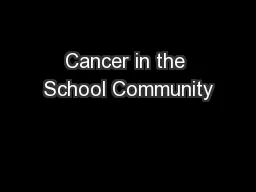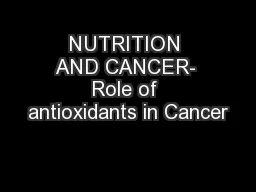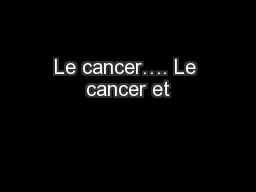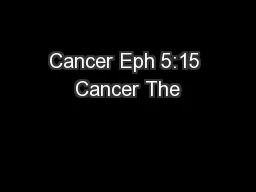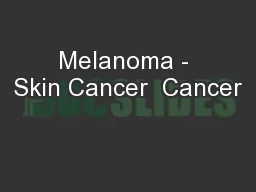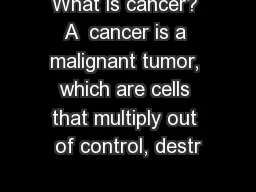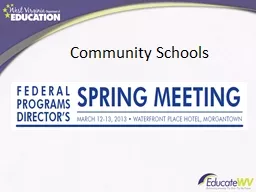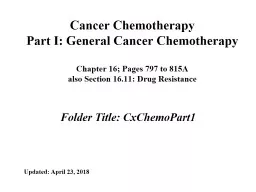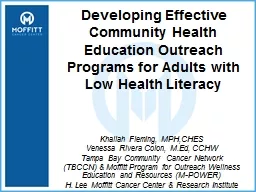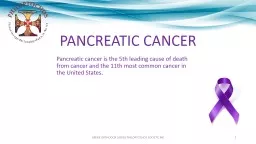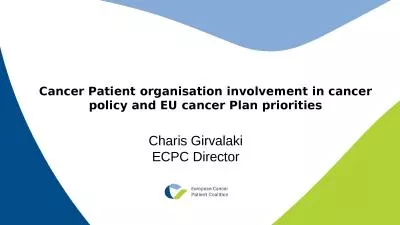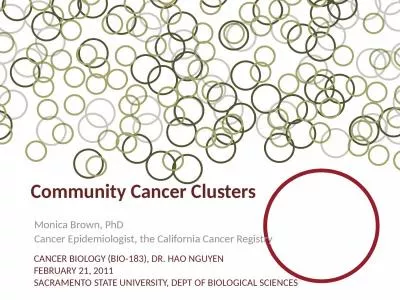PPT-Cancer in the School Community
Author : luanne-stotts | Published Date : 2018-10-30
Supporting your student throughout their journey School Nurse Update Conference November 14 2016 Facts and Figures Pediatric Oncology Diagnosis Information Pediatric
Presentation Embed Code
Download Presentation
Download Presentation The PPT/PDF document "Cancer in the School Community" is the property of its rightful owner. Permission is granted to download and print the materials on this website for personal, non-commercial use only, and to display it on your personal computer provided you do not modify the materials and that you retain all copyright notices contained in the materials. By downloading content from our website, you accept the terms of this agreement.
Cancer in the School Community: Transcript
Download Rules Of Document
"Cancer in the School Community"The content belongs to its owner. You may download and print it for personal use, without modification, and keep all copyright notices. By downloading, you agree to these terms.
Related Documents

